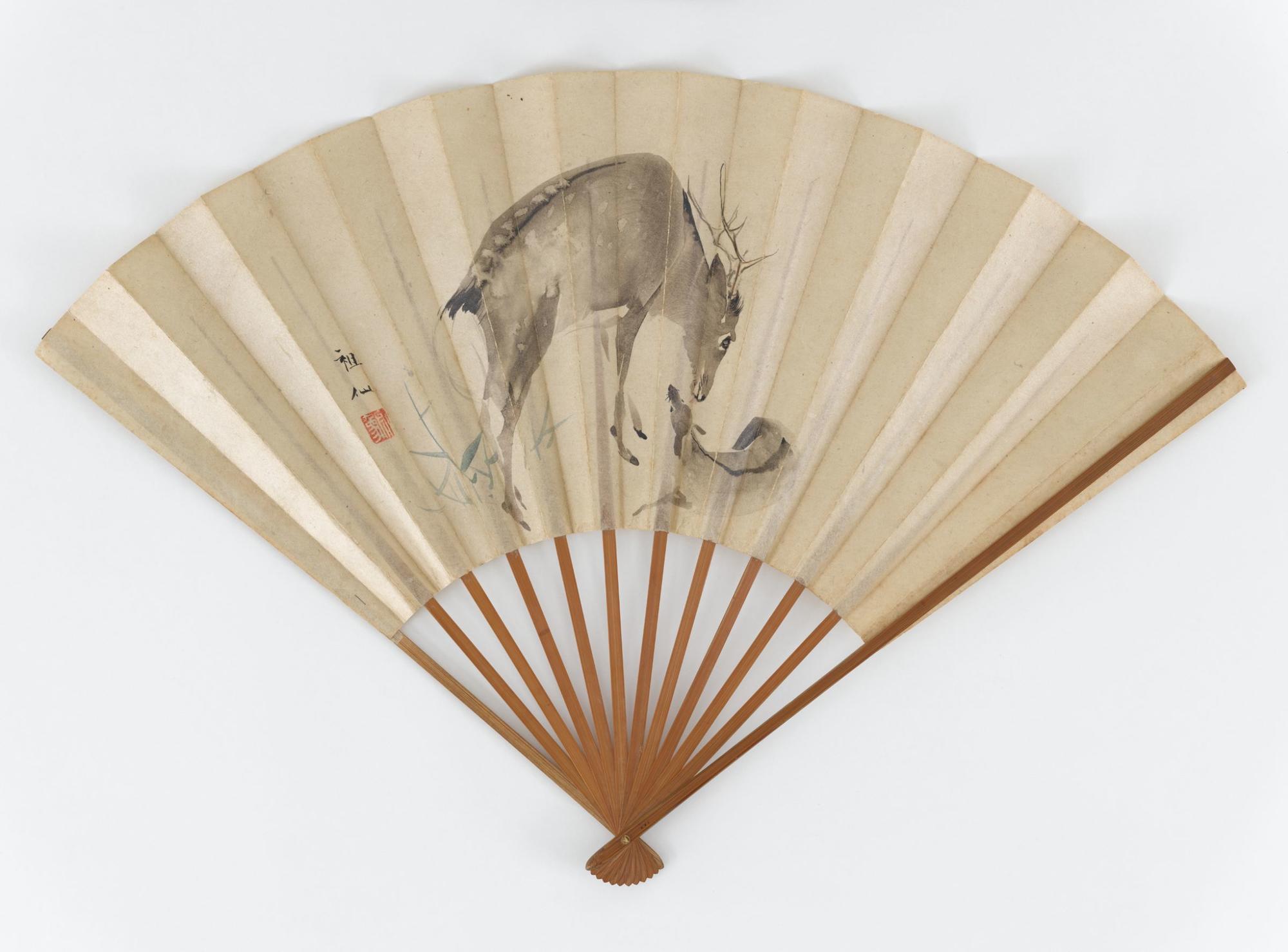GALLERY 2600 | EAST ASIAN ART
 In 1603, the new shogun moved the capital from the imperial city of Kyoto to Edo (present-day Tokyo) in the east. This change also led to the removal of the monopolistic Kano School of painters from Kyoto to Edo. The Kano specialized in large-scale ink-and-polychrome paintings on gold, and their substantial academic lineage was carefully maintained through a system of teaching strictly by copying from painting manuals.
In 1603, the new shogun moved the capital from the imperial city of Kyoto to Edo (present-day Tokyo) in the east. This change also led to the removal of the monopolistic Kano School of painters from Kyoto to Edo. The Kano specialized in large-scale ink-and-polychrome paintings on gold, and their substantial academic lineage was carefully maintained through a system of teaching strictly by copying from painting manuals.
The movement of the Kano to Edo resulted in a temporary loss of cultural momentum in Kyoto. But by the 18th century, a new generation of individualistic painters had emerged in Kyoto, producing a spectacular creative efflorescence.
Maruyama Ōkyo was originally trained in the Kano mode. However, his early exposure to Western perspective prints, Chinese bird-and-flower painting, and nativist Rinpa painting catalyzed his break with the school. Ōkyo developed a revolutionary synthetic mode of painting, the pictorial truth of which was based not in the conventions of the copybook, but in observation and sketching from life (Jp. shasei). Indeed, his efforts to animate long-established painting themes represented less a new style than an entirely new concept. Ōkyo’s paintings shifted the burden of looking from the viewer—previously expected to bring a whole arsenal of knowledge to the appreciation of a painting—to the artist, who presented classical themes with a democratic clarity that was immediately comprehensible to the emergent middle class.
Paradoxically, this individualistic painter, who rejected membership of any school, was so successful that he formed an atelier and took many students. Foremost among them was Matsumura Goshun (1752–1811), who went on to found his own studio on Shijō (Fourth Avenue) in Kyoto. Goshun ultimately inherited the Ōkyo line; the paintings produced by Ōkyo’s and Goshun’s many followers are now commonly referred to as Maruyama-Shijō painting.
The paintings in this gallery come from the extraordinary collection of Robert S. and Betsy G. Feinberg. Remarkable for the quality and range of its Edo period (1615–1868) paintings in particular, the Feinberg Collection has generously been promised to the Harvard Art Museums.






